This week’s Fridays in the Field post comes from Anna Marshall, Green Projects associate:
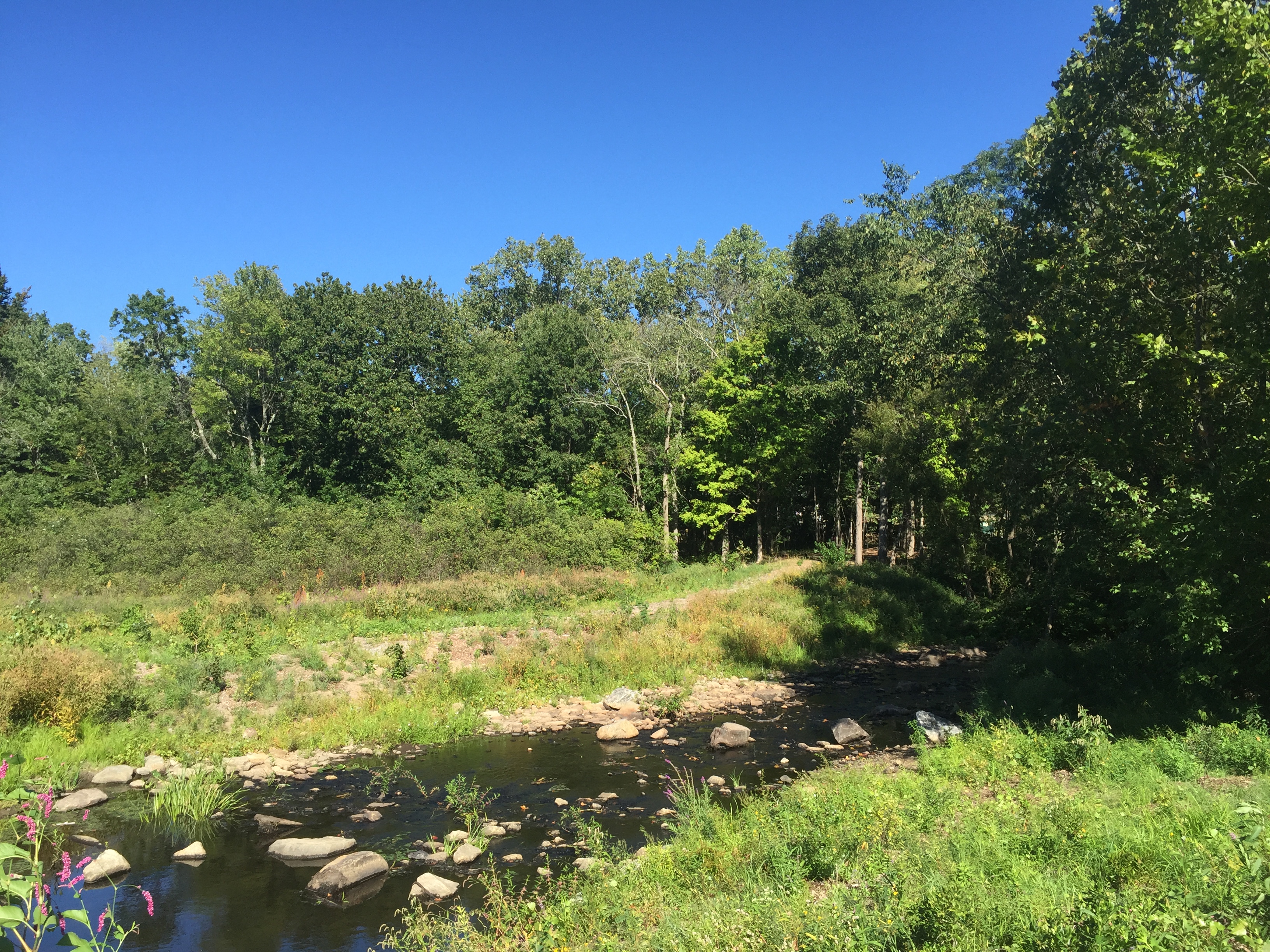
Standing on the banks of the Pond Lily Nature Preserve on a sunny November day, it is hard to imagine that less than a year ago this spot was covered with stagnant water just upstream of the former Pond Lily Dam.
Over the past year, Save the Sound removed four dams from Connecticut rivers, including the outdated Pond Lily dam as part of our ongoing efforts to improve the health and flood risks of the West River. Despite the winter months approaching, Pond Lily Nature Preserve is covered with native plants and wildflowers soaking up the late fall sun. These plants are referred to as a riparian buffer and help to protect the river by filtering out pollutants, providing shade to keep water cool, and increasing habitat for wildlife. To make sure habitat restoration efforts are succeeding, Save the Sound’s Green Projects team monitors plant growth, river flow, and diversity of species.
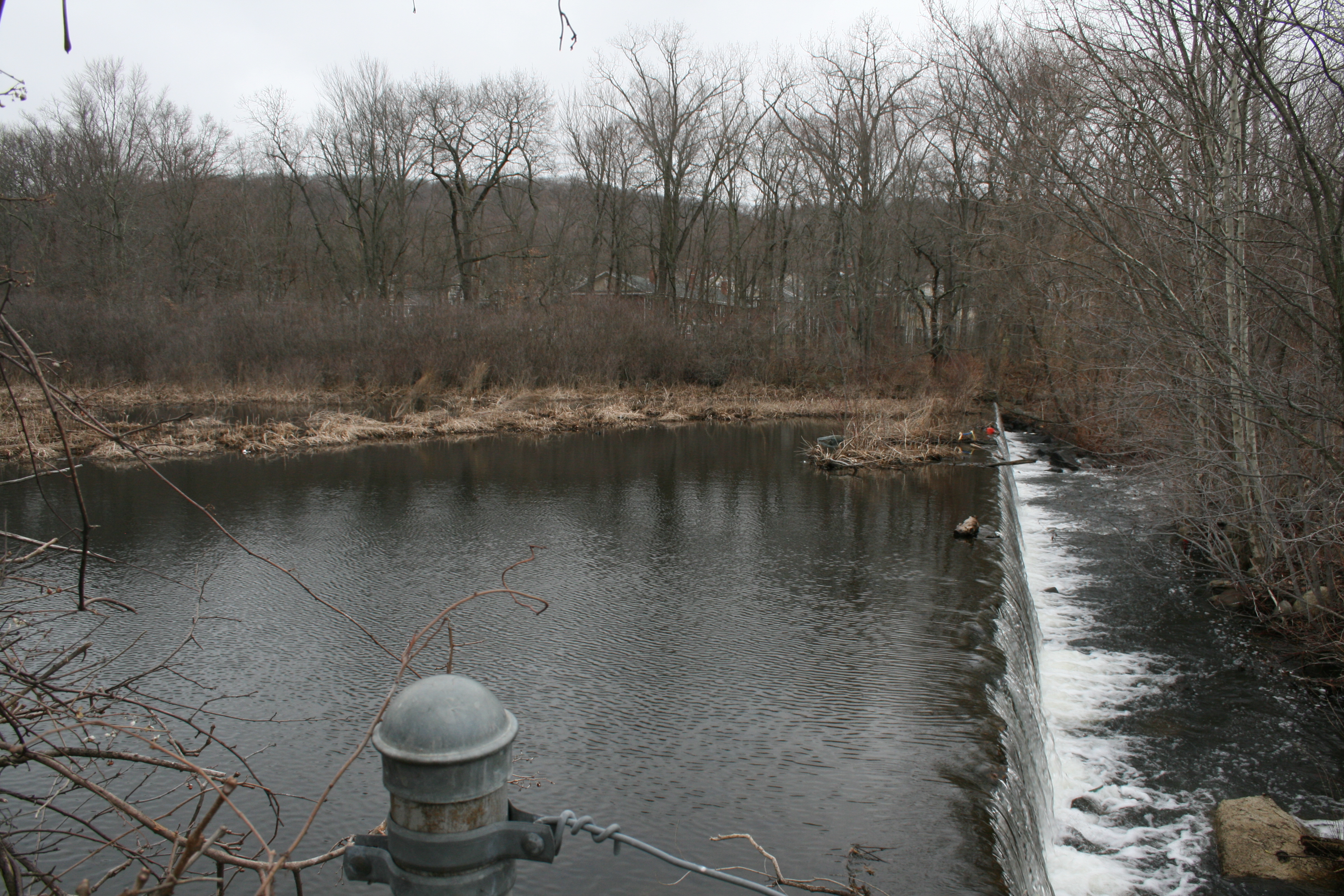
The Pond Lily dam removal, like all restoration projects undertaken by Save the Sound, includes an element of discovery. To help the river and its banks come back to life, Save the Sound and project partners followed clues from historical land use, watched how the river responded to storms, and examined the sediments to figure out what happened to the particular landscape. When restoring an urban system such as the West River, we aim to improve the vitality of the ecosystem while simultaneously finding ways to make sure the river and nature preserve can stand up to the challenges of an urban environment. Now that the dam has been removed and the West River flows free, the discovery continues. After years of habitat fragmentation caused by the dam, we can watch the West River respond to the restoration efforts with new, native plant growth and the return of more fish and bird species.
Monitoring the Pond Lily dam removal site turns out to be a lot like solving a mystery: collecting observations and taking clues from the site in order to see the most complete picture possible. Sometimes this picture includes discarded wigs, car bumpers, and coconut shells that leaves one wondering as to their origins. Other times it includes bushwhacking through dense thickets of plants in pursuit of a straight line for surveying. From monitoring, we understand details and processes that can only be taught by observing the natural environment.
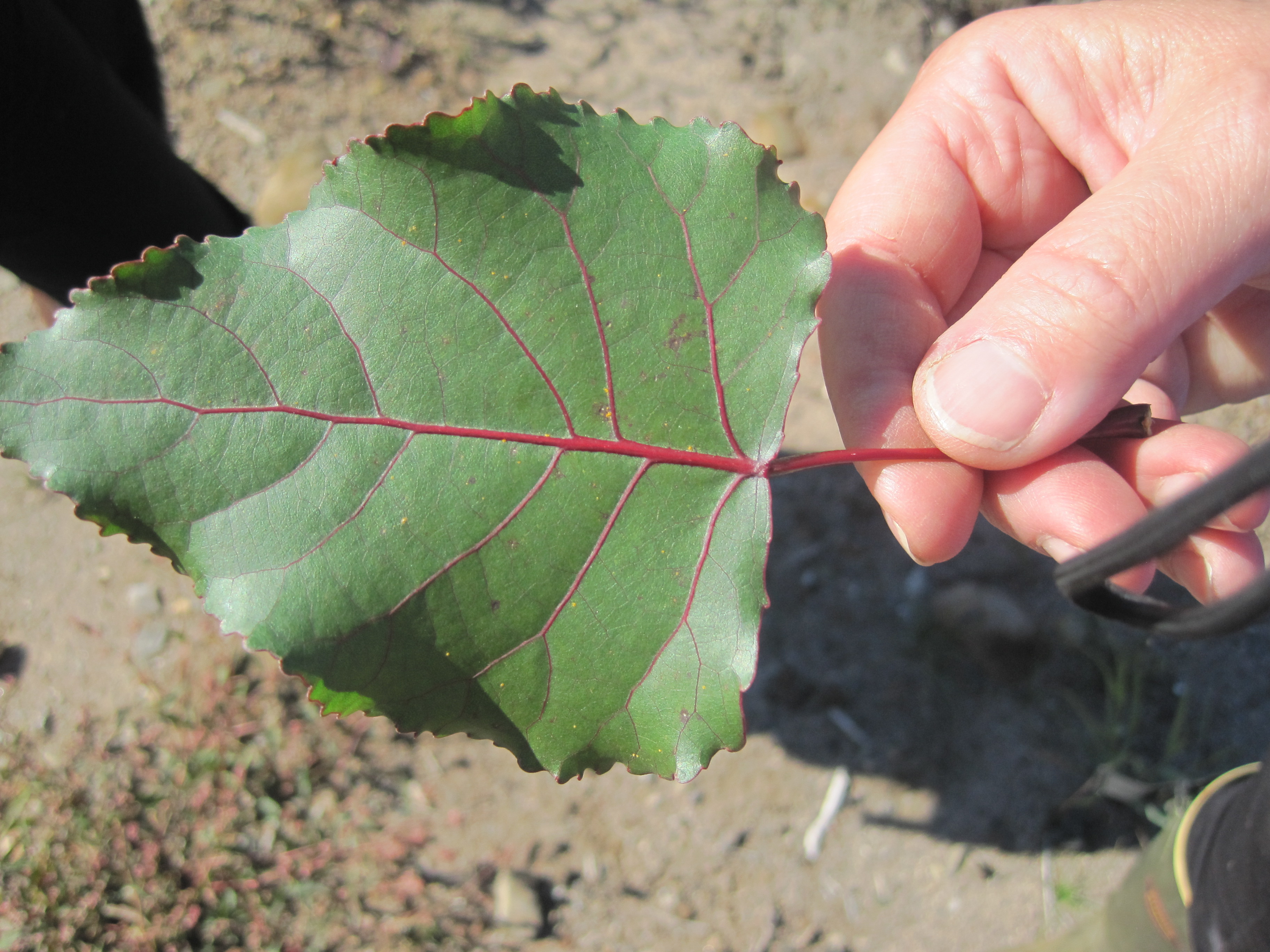
Over the course of the fall, Save the Sound has been tracking the plants that are colonizing the area that once existed as a pond behind the dam. This monitoring method requires establishing transects and identifying the different plants across the preserve. Thanks to the help of volunteers planting shrubs in the spring and the exposure of seeds that covered the area before it was submerged, the site now supports abundant native vegetation. Changes in plant and animal populations and interactions will be observed over several years, with the specific focus of controlling the spread of invasive species.
It is easy to forget that the Pond Lily Nature Preserve is in urban New Haven. Out at the site, the city commotion is left behind when the most important task is to pay attention to what is right in front of us. Each time we return to the Pond Lily Nature Preserve we gain a greater understanding of how the site is responding to restoration. We will use information gathered on our monitoring and stewardship visits—including plant growth and species diversity—to make decisions about future plantings and caring for this amazing riverside habitat as it heals.
To help Save the Sound monitor at Pond Lily and other project sites, email restoration@savethesound.org.

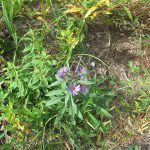
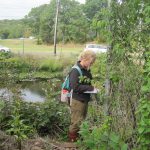
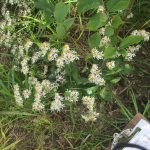
1 thought on “Fridays in the Field: New Life at Pond Lily”
Comments are closed.